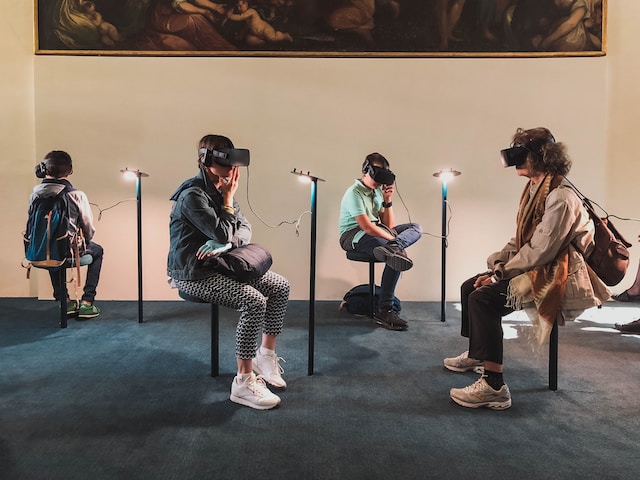Augmented Reality (AR) has revolutionized numerous sectors with its dynamic approach, enabling the blending of digital content and the real world. This interactive experience has seen robust growth in various domains, including education, healthcare, gaming, real estate, and design. One specific area that has witnessed significant transformation through AR is certificate design. This article explores the role AR plays in modern certificate design, diving into the concept, benefits, challenges, and real-life applications.
Understanding Augmented Reality in Certificate Design
Before delving into the benefits of AR in certificate design, it’s essential to understand the concept. Augmented Reality in certificate design involves overlaying digital information onto physical certificates. This can include digital badges, 3D animations, or even video content. When viewed through an AR-compatible device, such as a smartphone or AR glasses, the viewer can access and interact with this additional digital content.
Enhancing Authentication and Verification
One of the main advantages of AR in certificate design is that it enhances the process of certificate authentication and verification. Traditional certificates can be duplicated or forged. However, the introduction of AR technology provides a higher level of security. Digital components embedded into the certificate using AR technology are not easily duplicated, making forgery more challenging.
Increasing Engagement and Interactivity
AR brings an exciting and interactive element to certificate design. Traditional certificates are static; they convey information but offer no further engagement. AR, however, turns a certificate into an interactive platform, capturing the recipient’s attention and encouraging further exploration. For example, scanning the certificate could lead to a personalized congratulatory video message or provide additional digital content relevant to the recipient’s achievement.
Offering Customization and Personalization
AR allows a high degree of customization and personalization in certificate design. Institutions can create unique digital experiences tied to their brand, ethos, or the specific achievement being recognized. This provides an innovative way for organizations to differentiate themselves and create memorable experiences for the recipients of their certificates.
Challenges in Implementing AR in Certificate Design
While AR brings numerous benefits to certificate design, it is not without challenges. The implementation requires significant resources, including technological expertise and financial investment. There is also the need to ensure users have access to devices compatible with AR. Additionally, there can be data privacy concerns related to the digital information embedded in the certificates.
Real-life Applications
Many institutions worldwide are starting to implement AR in their certificate design. The Massachusetts Institute of Technology (MIT), for example, has explored the use of AR in its diploma certificates. When viewed through an app, the certificate displays interactive, 3D animations that provide additional information about the degree and the graduate. Similarly, the online learning platform Coursera has also introduced AR certificates, providing a more engaging and unique experience for learners.
In conclusion, AR is playing a transformative role in modern certificate design, bringing interactivity, increased security, and a unique personal touch. While it presents certain challenges, the advantages it offers are substantial, pushing the boundaries of traditional certificate design. As technology evolves and AR becomes more accessible, its implementation in certificate design is likely to become more prevalent, paving the way for a new era of innovative, interactive, and secure certificates.

